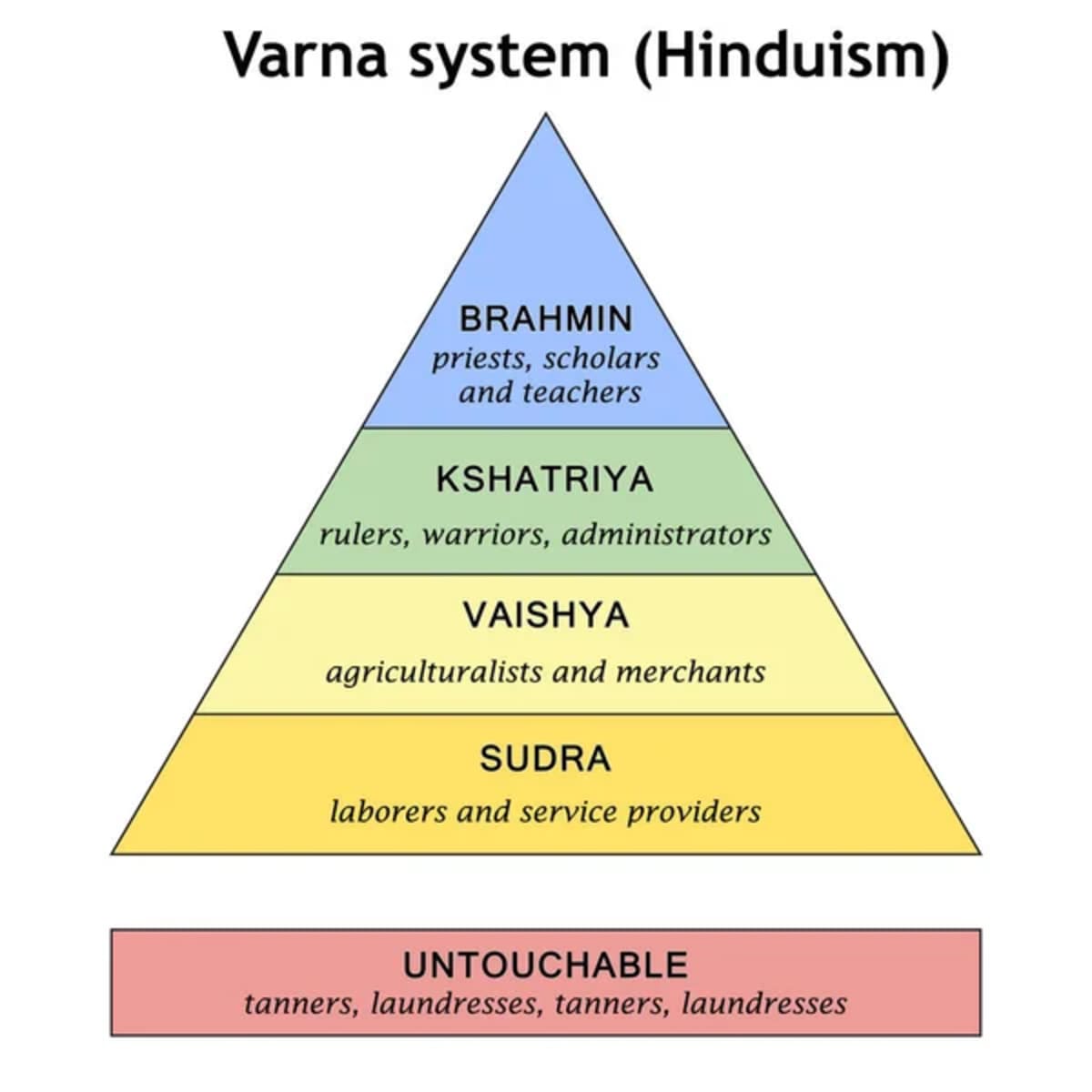GUNAS AND THEIR INFLUENCE ON HUMAN NATURE
According to Hindu Shastras, human nature is defined by three fundamental qualities or attributes known as the Gunas: Sattva, Rajas, and Tamas. Every individual possesses these three gunas in varying proportions, and the specific blend of these qualities shapes a person’s nature and characteristics.
Sattva represents purity and harmony, Rajas stands for activity and passion, and Tamas signifies darkness and inertia. These gunas influence the behaviors and dispositions of people in whom they are predominant.
A person dominated by Sattva guna seeks knowledge and has a strong mind. They are intelligent, humble, patient, disciplined, and maintain both inner and outer cleanliness. Such individuals rise early, bathe before sunrise, and devote time to meditation and self-improvement. A sattvic person uses his knowledge to help others, displaying compassion, sharing, and a caring nature.
In contrast, a person with predominant Rajo guna possesses courage and a commanding presence. They exhibit warrior-like qualities, with strength in both mind and body. Although assertive and bold, they also maintain a sense of duty toward society and others.
A person dominated by Tamo guna displays laziness, inertia, and lacks self-motivation. They are inclined to take orders rather than lead and tend to be less intelligent or interested in acquiring knowledge. Tamas is associated with darkness and many negative attributes.
Every individual contains a mix of these three gunas, and their character, behavior, and actions are influenced by the proportions of Sattva, Rajas, and Tamas within them.
In the Bhagavad Gita (Chapter 4, Verse 13), Lord Krishna explains that he has classified individuals in society into four Varnas based on the admixture of these gunas. These Varnas are Brahmin, Kshatriya, Vaisya, and Sudra.
A Brahmin is one in whom Sattva guna is predominant, followed by Rajo guna, with minimal Tamo guna. Brahmins are knowledgeable and focus on acquiring and sharing wisdom. Their attributes include patience, humility, mental discipline, and self-control. In modern society, Brahmins correspond to teachers, scientists, intellectuals, and those who create and disseminate knowledge, such as computer scientists and software engineers.
A Kshatriya is characterized by dominant Rajo guna, followed by Sattva and Tamas. Kshatriyas are courageous and passionate, with the strength to command and lead others. In ancient India, they were kings and warriors, exemplifying leadership and valor. Today, politicians, soldiers, police officers, security personnel and those in defense roles like the army can be considered modern Kshatriyas.
The Vaisya, with a greater proportion of Rajas and Tamas than Sattva, were traditionally farmers, and merchants. In modern times, this category includes agriculturists, businesspeople, and traders.
The Sudra, in whom Tamo guna dominates, followed by Rajas and very little Sattva, is not as intellectually inclined but excels in following orders and performing manual tasks. Though often lazy and given to inertia, they can undertake physical labor when required. Today, laborers, workers, clerks, and peons fit into this category. They may not make major decisions but are diligent in carrying out assigned tasks.
This ancient classification, as explained by Krishna, was initially a functional and scientific Division of Labor, based on the gunas and a person’s actions (Karma). However, over time, this classification became corrupted into the caste system, where people were judged by birth rather than their inherent qualities as Brahmin, Kshatriya, Vaisya and Sudra. Krishna clearly emphasized that the division was based on a person's Gunas (traits, qualities) and Karmas (actions, calling) not their birth. Unfortunately, society began to misuse this system, leading to rigid caste distinctions.
Interestingly, even within the same family, different children may exhibit varying proportions of these gunas. One may have Brahmin-like qualities, another the attributes of a Vaisya and takes up business, while a third may become a warrior. Children who succumb to negative influences as they grow up, like alcohol or drugs often exhibit a dominance of Tamo guna and the qualities of a Sudra.
This classification extends to the animal kingdom as well. For example, a cow, being gentle and helpful, displays Sattvic qualities, while a tiger, fierce and aggressive, is Rajasic. A slothful python embodies Tamasic traits. Even among plants, those that provide nourishment, such as fruit-bearing trees, are Sattvic, while poisonous plants like ivy and cannabis are Tamasic.
Thus, Sri Krishna’s ancient classification is remarkably scientific and continues to offer insight into human nature, even in modern times.
Over the past few centuries, the original system that divided society based on individual qualities, skills, and interests has sadly turned into a rigid, birth-based caste system in India. This shift led to the upper classes unfairly suppressing the lower classes. Even today, in some areas, this outdated practice is kept alive by politicians who exploit it to maintain societal divisions for their own gain. By using this as a tool to secure votes, they take advantage of the public’s lack of awareness, turning the caste system into a means of holding on to power. Certain political ideologies like the extreme leftist ideologies also have thrived taking advantage of this division in society and grown in the country like weeds amidst a garden of flowers.
